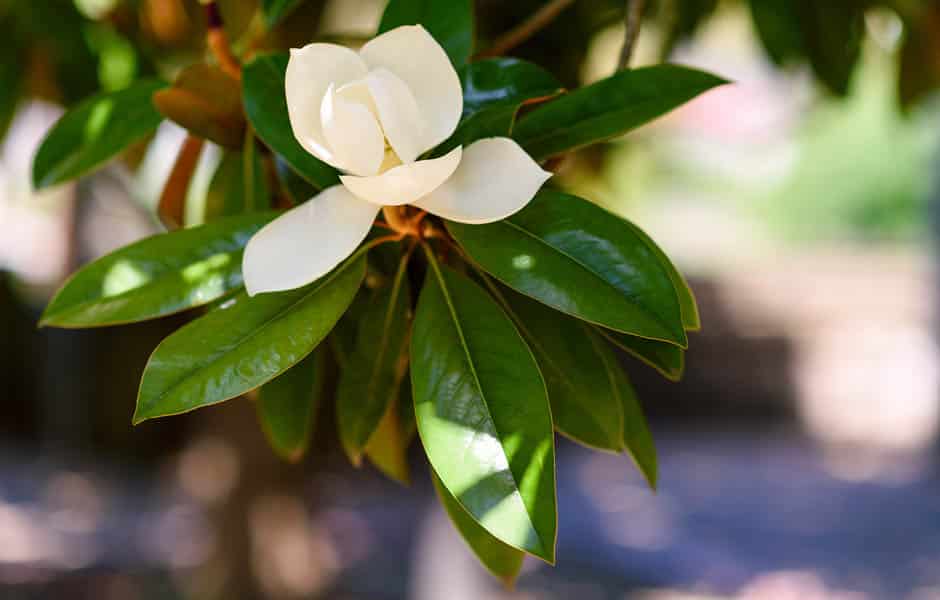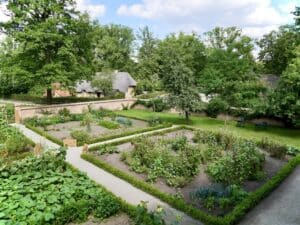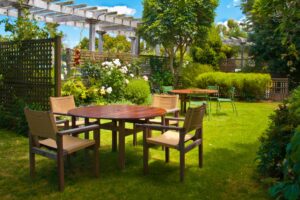How to Grow & Care for Magnolias

Magnolias have one of the most beautiful blooms you’ll ever set eyes on, creating a spectacle of sophistication and elegance on bare branches.
When flowering, every bloom is visible and framed perfectly against the muted tones of late winter and early spring. These lemon-scented beauties are exceptional, and a must-have in your garden.
Sunlight and Placement
Magnolias prefer full sun if possible. However, they will grow in partial shade. They enjoy the shelter of other large shrubs and small trees. Strong winds can break branches and damage flowers to try to plant them in protected areas. Magnolias sometimes sulk for the first few years of their lives. You can avoid this by giving them the best possible start! Add good compost, manure and soil to a hole double the size of the existing pot, water in well. Then add a saucer-like the depression of earth around the base to funnel water to the roots, before a thick layer of mulch.
Pruning
In general, pruning isn’t necessary for Magnolias. You can, however, remove any dead or damaged branches, and prune others to encourage a desirable shape. The best time to prune is straight after flowering. You need to make sure that you do not prune branches lower than the raised ridge. It is found at the base of larger branches, pruning at this point will prevent future growth and flowering.
Watering
Young Magnolias need plenty of water, but once they’ve established deeper roots, they can tolerate short dry spells. When watering, slowly soak the soil so that the water sinks deep into the ground. During the warmer months, we recommend you water them fortnightly or more frequently. Be sure to be careful during summer, if left dry Magnolias can die, proper watering and mulch can reduce this risk.
Soil and Drainage
Magnolias grow naturally in soils that are deep and rich organic matter. Average garden soil will usually suffice as long as it drains well, holding moisture but not wetness. Slightly acidic soil is ideal. Magnolias will also tolerate alkaline soils that have plenty of broken-down compost (humus).
When in pots they should be placed on a surface where they can drain freely, like bricks or paving.
Other great resources
-
 13, Jun, 2025
13, Jun, 2025How to Start a Garden Design Project: Step-by-Step Planning Guide for Beginners
At Diaco’s, we know that creating a beautiful garden starts... -
 27, May, 2025
27, May, 2025Smart Garden Layout Ideas: How to Maximise Your Outdoor Space
At Diaco’s, we believe every garden has potential. Whether you’ve... -
 9, May, 2025
9, May, 20257 Garden Design Principles to Transform Your Outdoor Space
At Diaco’s, we know that creating a garden isn’t just...


